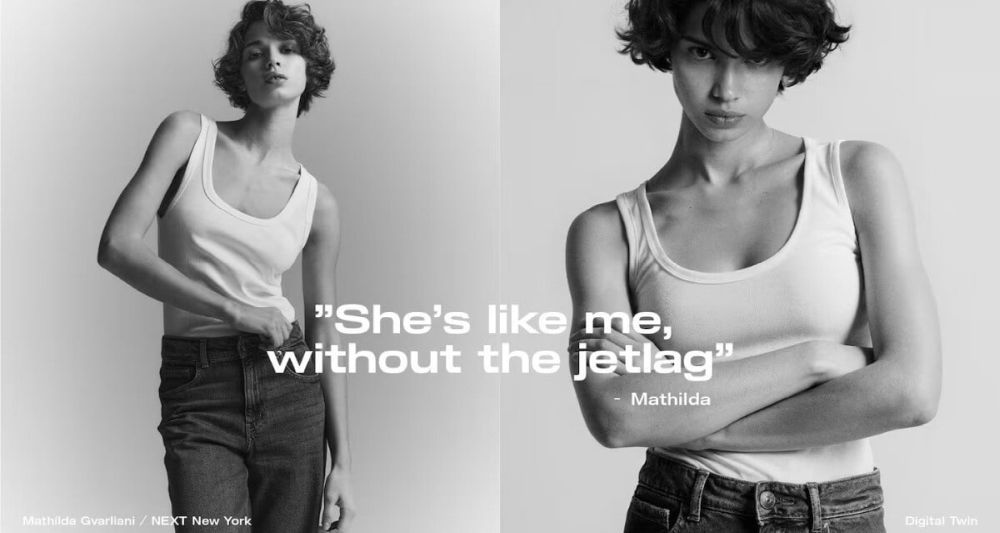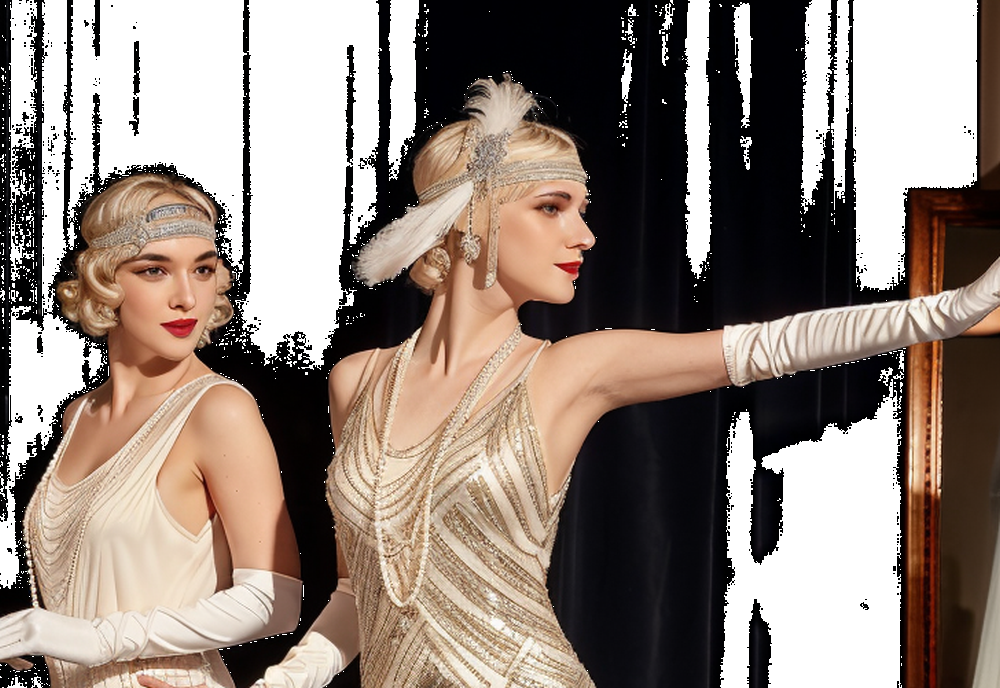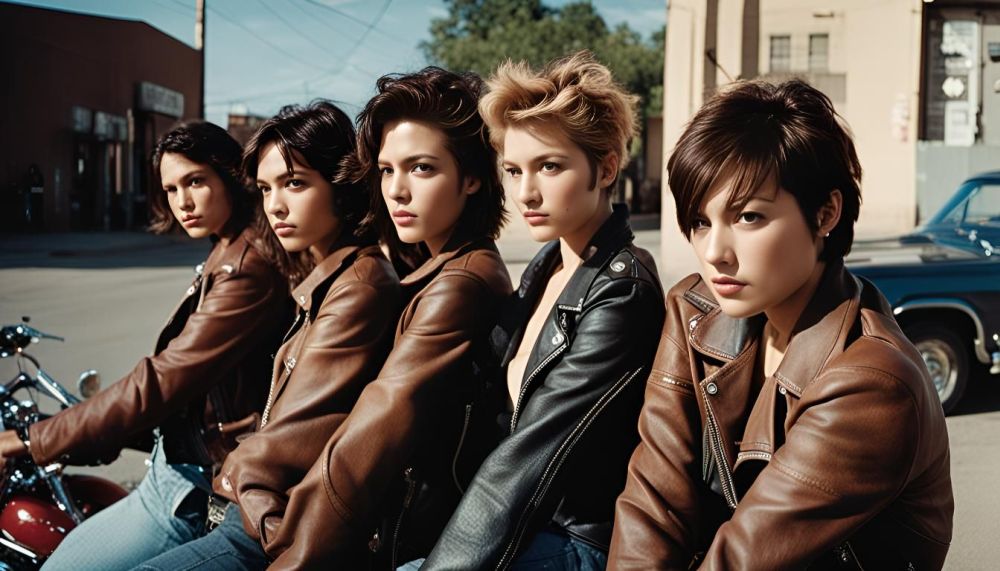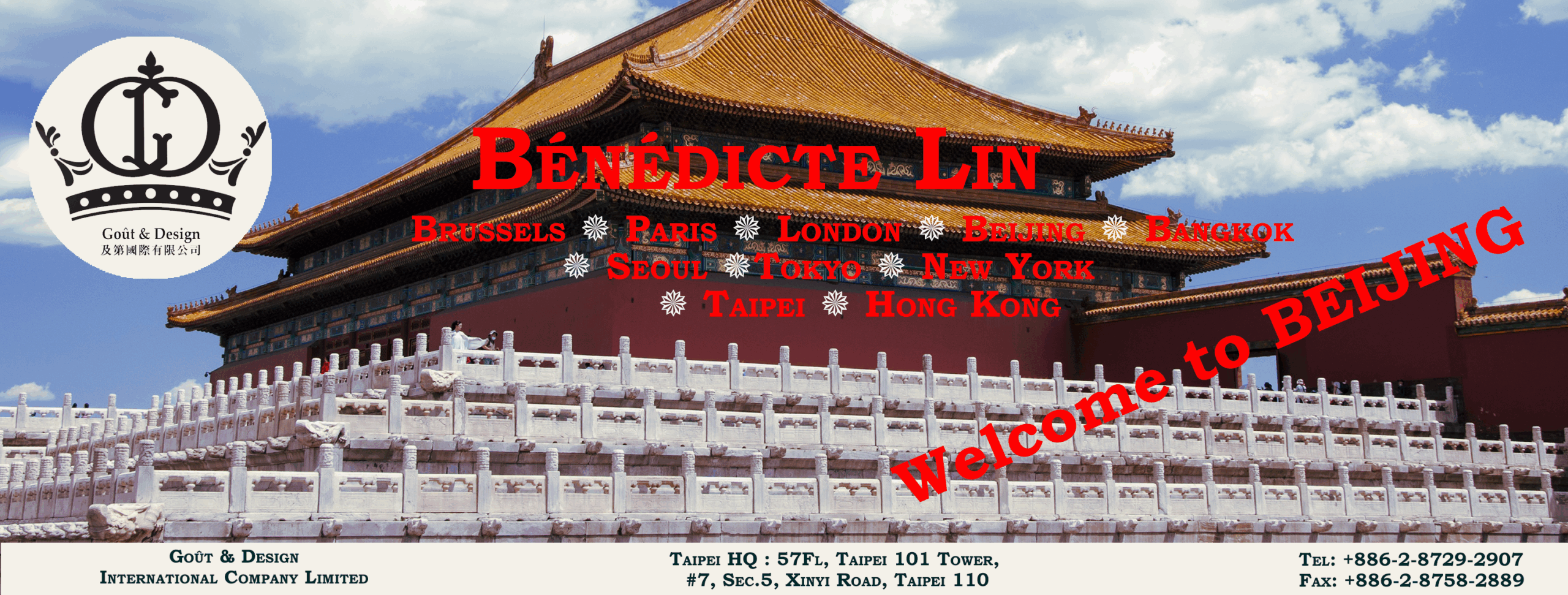H&M is embarking on a revolutionary campaign that uses AI-generated digital twins of real models, marking a significant innovation in fashion marketing. By collaborating with 30 models, the company creates digital replicas that can be styled and posed without physical photoshoots. This approach aims to streamline content production while maintaining creative integrity.

The use of AI-generated models allows for greater flexibility in marketing campaigns. H&M can now easily create diverse scenarios and settings for their advertisements without the logistical challenges of traditional photo shoots. However, this shift also raises questions about the future roles of photographers, stylists, and other creative professionals in the fashion industry.

H&M emphasizes transparency and ethical considerations in its use of AI-generated models. Models retain ownership rights to their digital twins, ensuring they have control over how their likenesses are used. This ethical approach addresses some of the privacy concerns associated with digital content and sets a precedent for responsible AI use in fashion.

The integration of AI technology in H&M’s marketing strategy represents a bold step towards leveraging technology for efficiency and innovation. As the fashion industry evolves, companies like H&M are adapting to new technologies while prioritizing ethical standards. This blend of technology and ethics is likely to shape the future landscape of fashion advertising.

#AIinFashion #DigitalTwins #FashionInnovation
